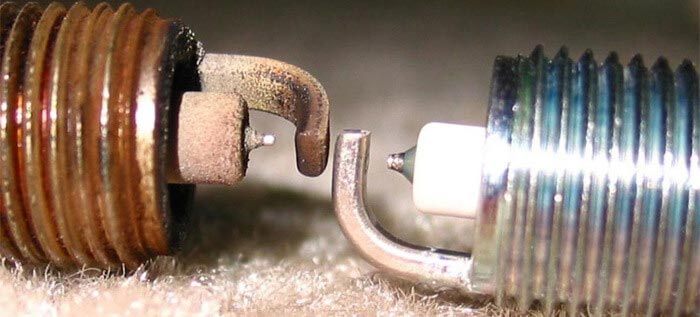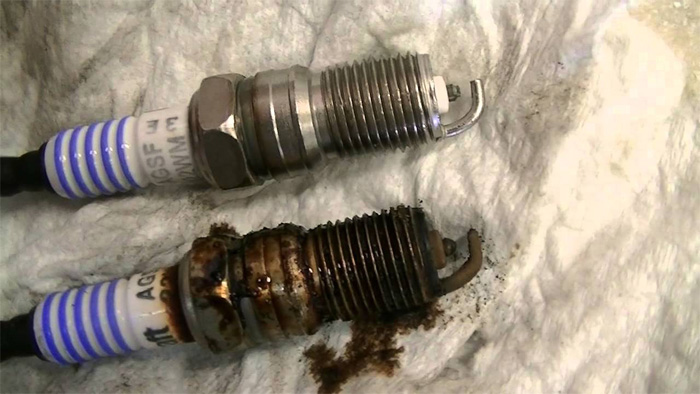

Failure to address the issue as soon as it crops up could lead to damage to the cylinders, electrical system or exhaust system. These warnings are triggered by misfires in the cylinder through sensors, failure to start the engine and unstable engine operation. There are several issues that dashboard warning lights will indicate such as checking the engine.

Any issues with the ignition system including the ignition coils will send a signal to the ECU that reports this problem via the dashboard warning light. Modern engines are equipped with an onboard diagnostic device connected to the ECU (Engine Control Unit). Some cylinders may stop firing and the fuel will go unburnt through the combustion chamber.Īlso Checkout What Is A Fuel Injection System? And It's Purpose The required combustion will not occur and the engine will not produce enough power in all the cylinders.

The problem lies with the ignition coil being unable to provide a strong spark to the spark plug. You may have trouble driving up an incline or keeping up with traffic on a highway. Driving with a bad ignition coil will make the car sluggish and it will be slow to respond to throttle inputs. If your ignition coils are giving trouble, you will immediately notice decreased engine performance and acceleration loss. The following signs of bad ignition coils indicate a fault with the ignition system. Bad ignition coil symptoms in a motorcycle are also included here. You should be aware of the symptoms of bad ignition coils so that you can have them replaced or repaired as soon as they start causing issues with the engine. What are the signs of bad ignition coils?īad ignition coils cause a range of problems from loss of power to poor fuel mileage.
MOTORCYCLE BAD SPARK PLUG SYMPTOMS HOW TO
The point set had to often be recalibrated by sliding it in its shaft to provide the correct ignition timing.Īlso Read How To Start A Car Without The Key Older cars had a point set that mechanically connects the ignition coil voltage to the required spark plug governed by the position of the crankshaft. These systems are governed by ECUs that send the ignition voltage to the particular cylinder. In multi-spark ignition oils, several coils are placed in a single block to supply all the spark plugs with the required ignition voltage at the right time. In this system, one ignition coil is provided for each cylinder. The first is a single-spark coil that is installed directly above each spark plug. There are two main types of ignition coils used in modern cars. The battery system alone is not capable of producing such high voltage requirements of the spark plug. Voltages can be stepped up from 300 -400 volts to around 40kV. The voltage induced in the secondary coil depends on certain factors such as the voltage in the primary coil, the number of windings and the strength of the magnetic field.

The ignition works as a step-up transformer to induce a high voltage in the secondary windings produced by the low voltage in the primary windings. The main components of the ignition coil include the primary winding and secondary winding of electrical wires. Modern petrol engines need ignition coils to create a high voltage at the spark plug to produce a spark that ignites the air-fuel mixture. Faulty ignition coils lead to several engine problems so it is important to know the signs of bad ignition coils. The low voltage current is accumulated by the ignition coil and discharged across the spark plug at the right ignition timing. The ignition coil provides the correct voltage across the spark plugs because the 12-volt battery is incapable of producing this high-voltage spark. The spark plug is used to ignite the air-fuel mixture with a spark induced by a large voltage. Optimum combustion of the air-fuel mixture in an engine is vital for smooth operation, adequate acceleration and a refined powertrain.


 0 kommentar(er)
0 kommentar(er)
